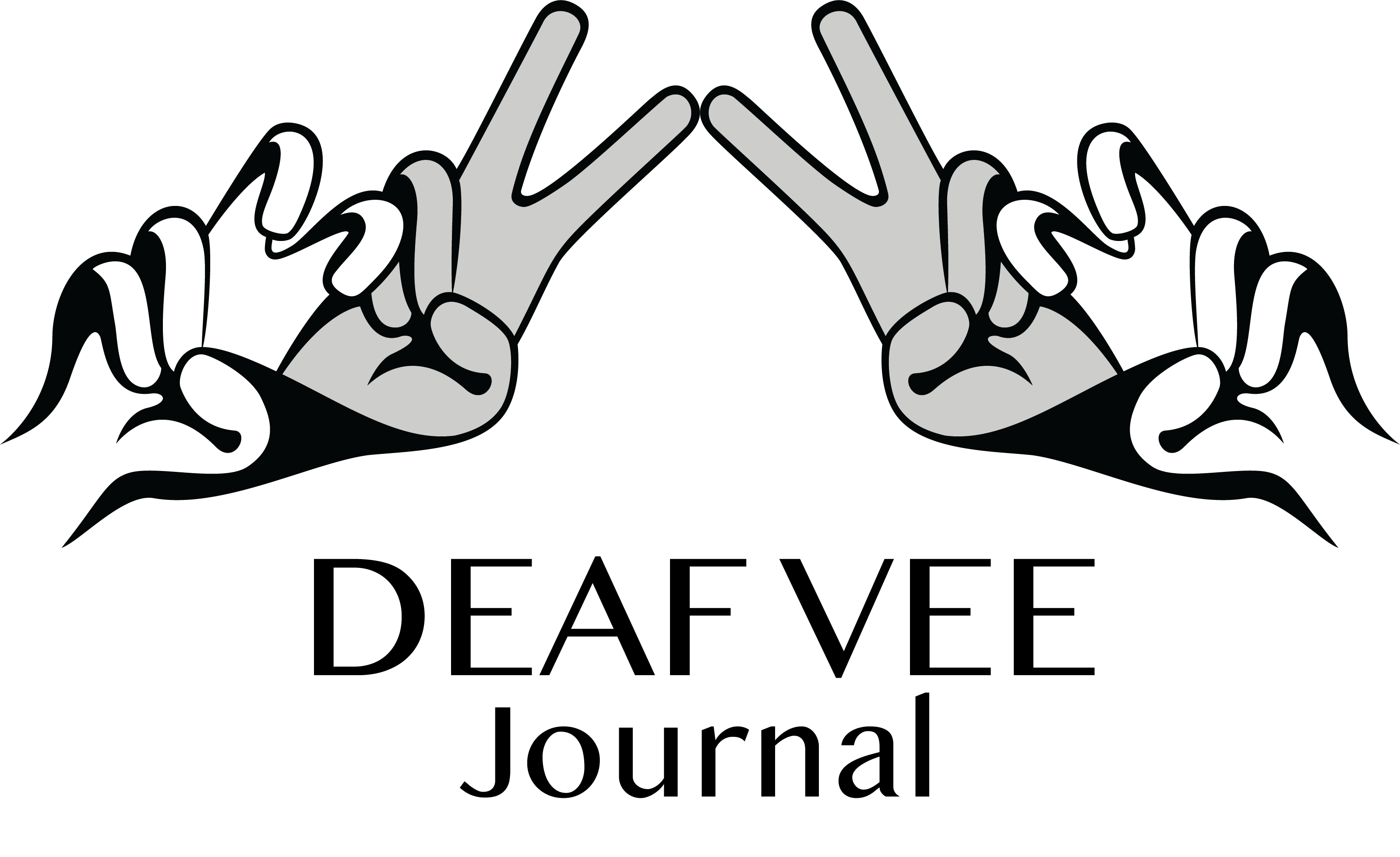
Deaf Australia Logo.
A joint statement was prepared by the National Ethnics with Disability Alliance (NEDA) on the detention of people with disabilities. Deaf Australia has announced their support and collaboration with the NEDA to ensure their statement includes “the rights to effective communication to diverse language and communication supports, including sign language”. This statement is a call out to legislature for a change to end the detention process.
There was a family (in 2014) that was detained and there were no interpreter provided during their detention. This was something that the Australian Government did and because they did not put forth the effort to communicate with this particular family, the community is now getting involved. This leads to the issue of effective communication support. Sign Language interpreters are very important and need to be emphasized as a necessity. This puts the family at risk and makes them more vulnerable to the possible dangers within the detention environment.
Along with the request of providing effective communication tools, Deaf Australia is asking that the Australian Federal Government moves all families and detainees to a community detention while their cases are being reviewed. This is to ensure further safety and reduces that extra risk.
There are 2.3 to 3.3 million displaced people throughout the world with limited choices of resettlement based on an estimate by the United Nations High Commission for Refugees. Australia locks up those that are disabled in detention locations which is considered inhumane and unacceptable. Not only are they being placed in detention centers, they are often the last ones to obtain food and medical attention when needed.
There are alternatives that exist in Australia including Community Detention and releases into the community on bridging visas. These are not being practiced and the Australian Government is being encouraged to expand the use of those alternatives.
There are a total of fourteen detention facilities managed by the Australian Government and each facility varies in how many people they can accommodate. Those twelve locations are split down into a group of four types of detention facilities. They are: immigration detention centers, immigration residential housing, immigration transit accommodations, and alternative places of detention. Each individual is placed based on the type of caseload they have and they also mention that they have the option of accommodations in community based arrangements. That means Community Detention Programs or being released in the community on a Bridging visa E.
The latter is exactly what Deaf Australia is asking the government to do with all families that fall under their scope. The very real problems that the NEDA mentions are hard to track because data relating to people living in Australian run immigration detention facilities are practically nonexistent. As stated in their latest publication, they share some thoughts about the social and environmental factors that are preventing people from getting out and into a better situation.



